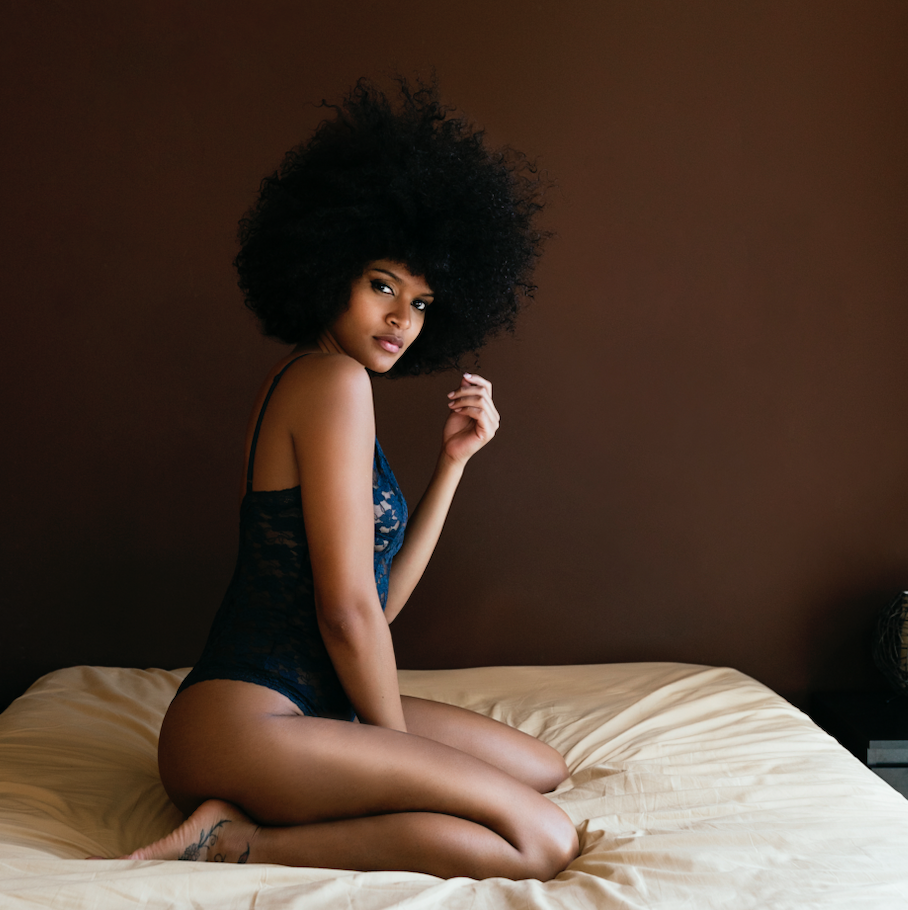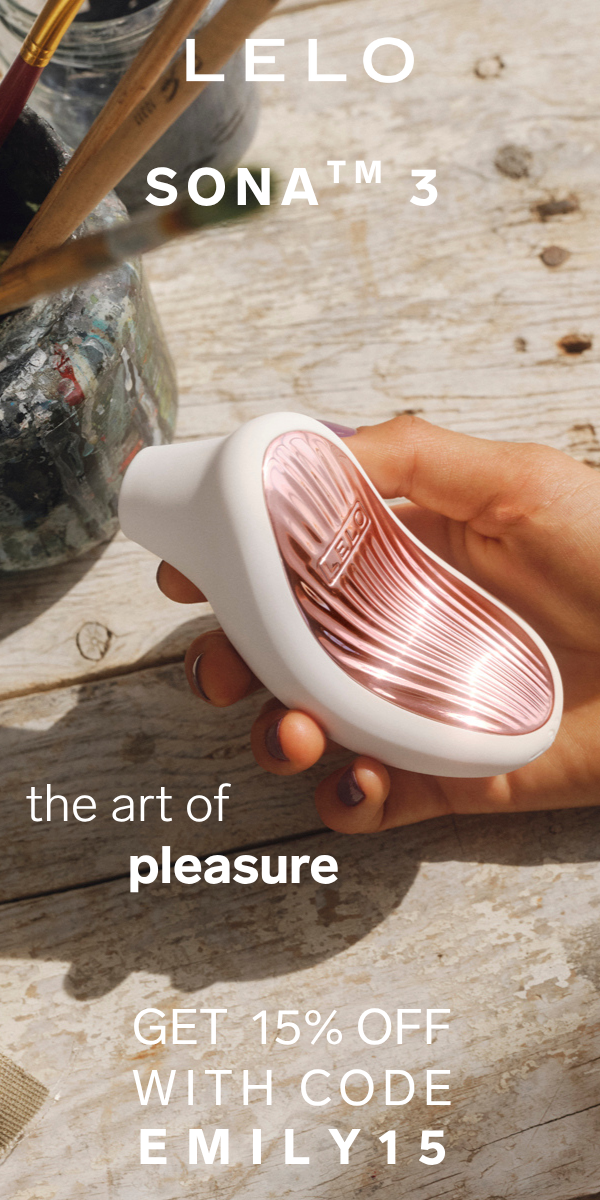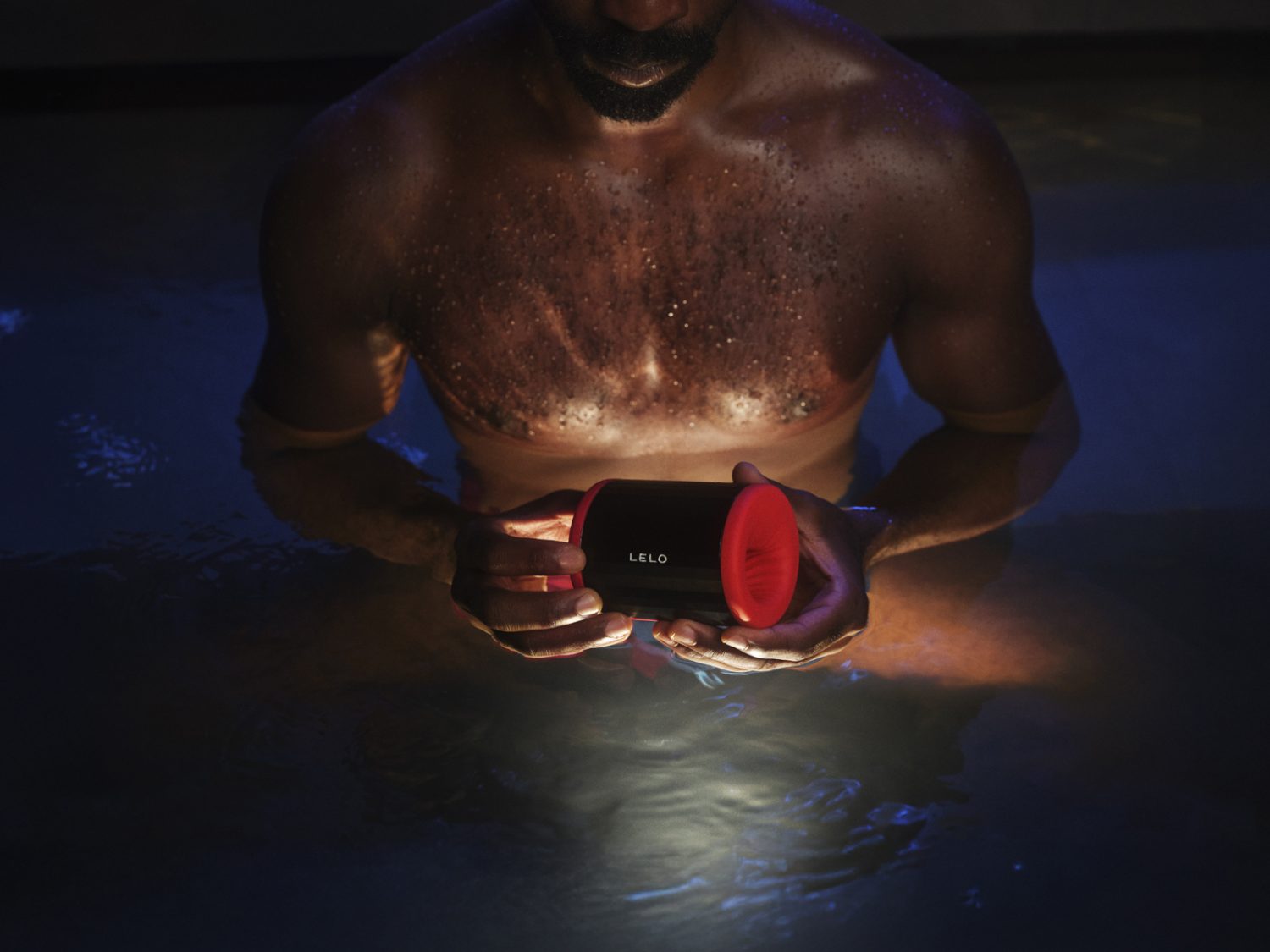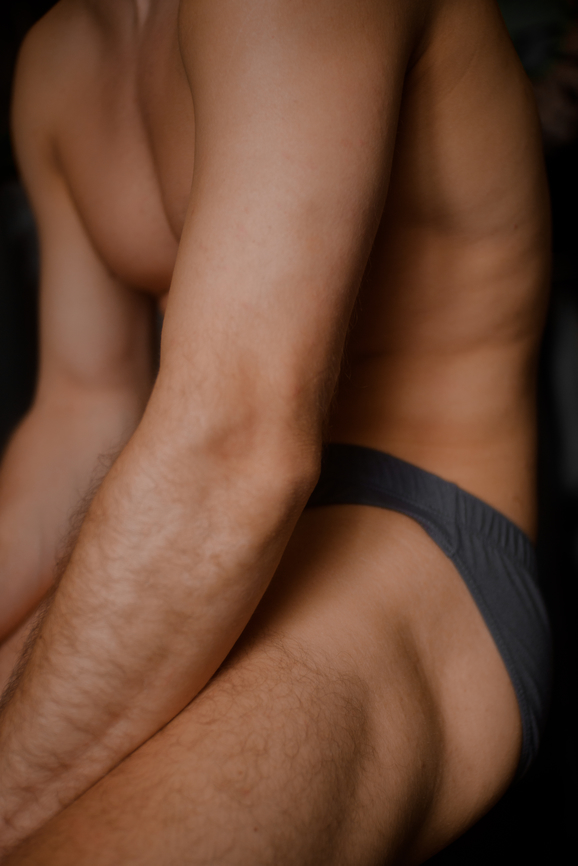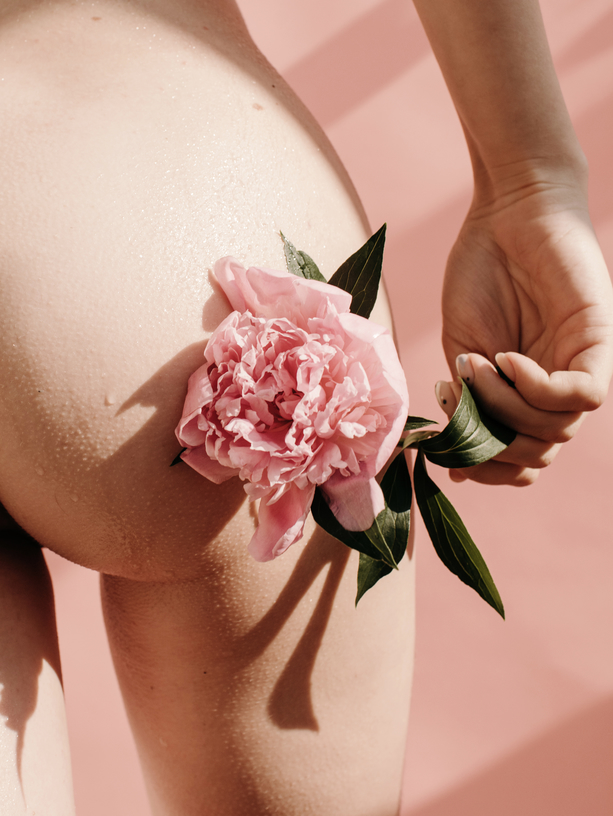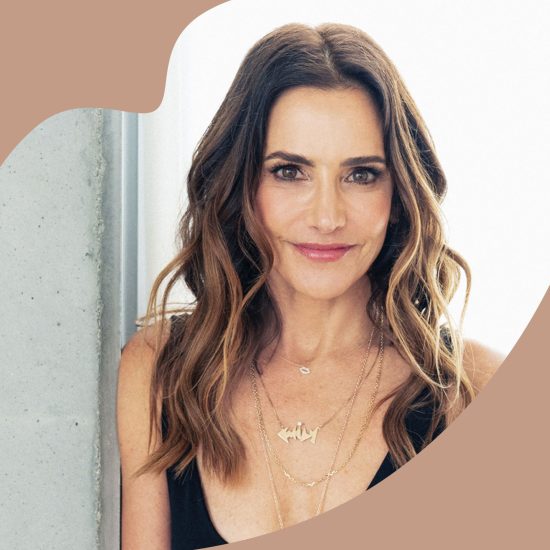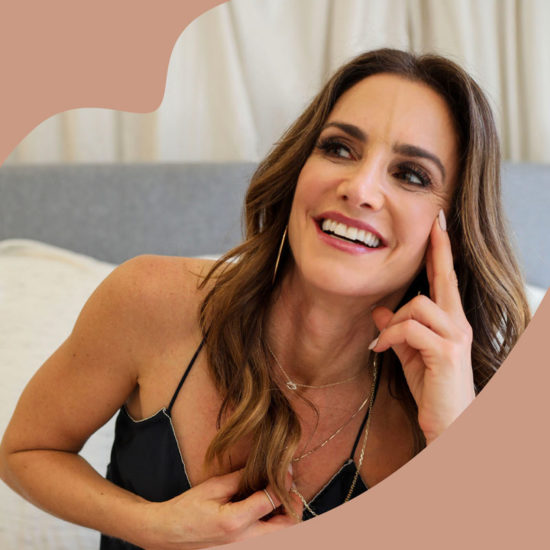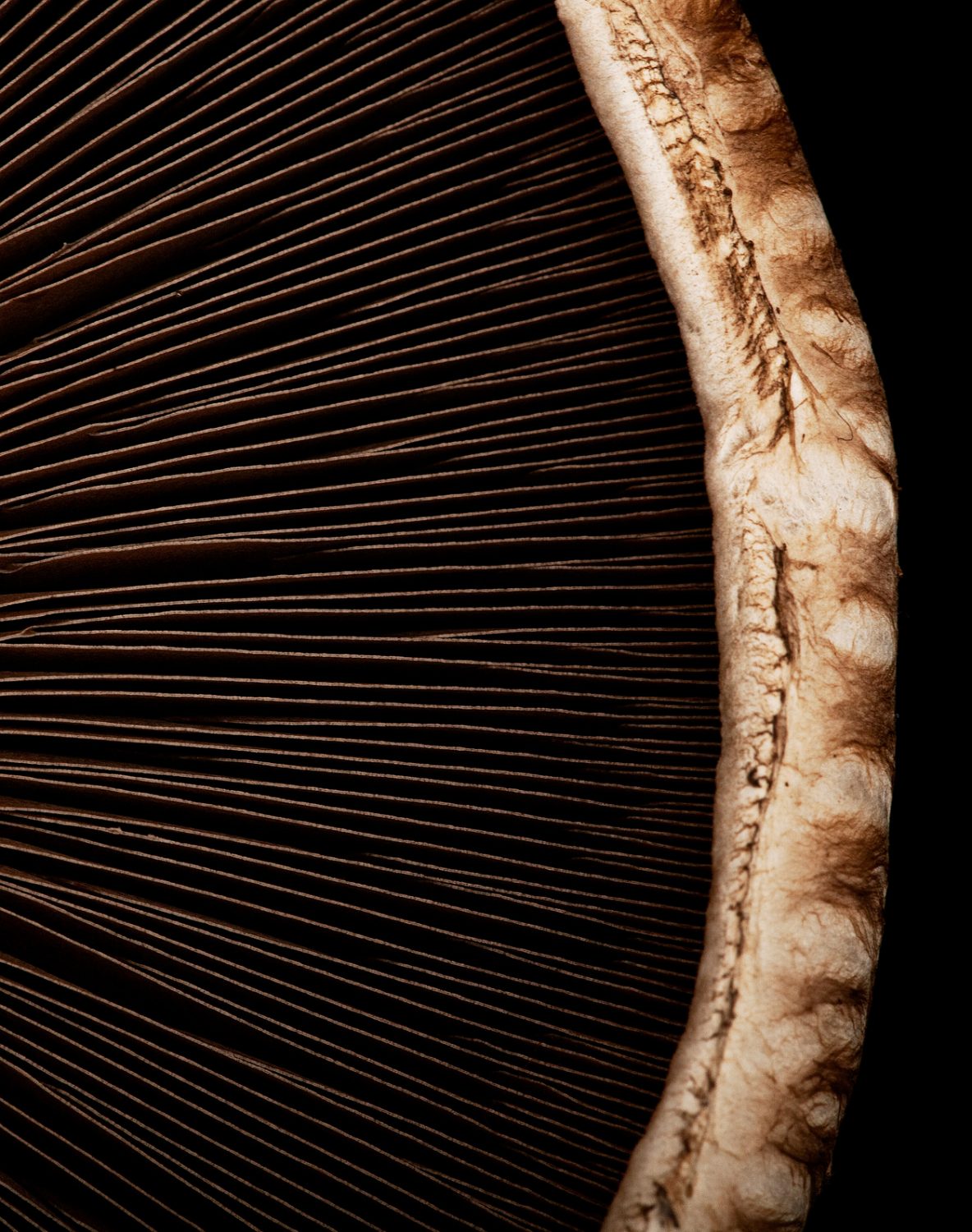Butt. Ass. Bottom. Behind. Fanny. Derriere. Cheeks. The list goes on and on. Obsession over big butts is so embedded into our culture that it’s impossible to scroll through any web or social media platform and not see a booty. But how did this happen? And most importantly, how does our culture’s butt craze contribute to fetishizing black bodies? Let’s take a look:
- According to the American Society of Plastic Surgeons, butt augmentation with fat grafting has one of the most “notable gains in 2019” out of all cosmetic surgeries with a 17% increase in procedures.
- There are workout videos specifically designed to target one’s glutes in order to enlarge the butt.
- Photoshopping apps typically used to cover one’s blemishes are being utilized to alter one’s butt to make it appear larger and/or rounder.
- There are porn categories for ‘big ass’ and ‘anal sex.’
As a Black woman with a larger butt, I can tell you firsthand how into butts our society has become. For example, my butt has been deemed my best “asset” (pun intended) on multiple occasions. It makes me wonder if the partners I choose are solely fetishizing black bodies, thus only like me for my figure. And I’m not alone in this inner-dialogue. Anecdotally, self-identified Black females all over the world question whether or not their partners are sexualizing and fetishizing them.
That said, big butts haven’t always been the status quo. In fact, it used to be the exact opposite! Bigger bodies with large butts used to be seen as undesirable and freakish. So what changed?
The History of Disempowerment
In the early 18th and 19th centuries, the Black individual was deemed “the deviant of sexuality.” Fuller-figured Black bodies were seen as closer to those of an orangutan. More specifically, the White woman and Black woman could not be sexually similar, because, of course, the Black woman’s sexual appetite was more animal-like than human. In order to justify these beliefs and accusations, White writers needed the support of science. One of these scientific differences being the physical contrasts between Black women’s bodies versus that of the White “healthy medical model.” Writers attributed Black women’s curvaceous nature to overdeveloped sex organs. Using the Black female body as a means to prove these statements inherently objectified the Black woman.
A prime example of sexualizing and fetishizing black bodies is Sarah Baartman’s infamous case. Baartman was 25 years old when put on public display in Europe to represent the Hottentot female for her large buttocks and protruding genitalia; Sarah was then called the “Hottentot Venus” rather than her own name. Europeans would come to gawk at Baartman, even pay to poke her with sticks as if she solely existed for their own curious pleasure. After her death, a zoologist dissected Baartman’s corpse for her sexual body parts. Musée de l’Homme in Paris displayed Baartman until 1974. Baartman’s remains were brought back to South Africa in 2002.
Idealizing Small Cheeks
If we take a look at the ideal butt throughout the centuries, the perfect butt typically fell in line with fashion and fitness trends. For example:
- The 1920s flapper era popularized tiny butts in order to fit the small, sequin dresses of this time.
- Thin supermodels were all the rage during the 1960s. For example, the famous model Twiggy had a small butt and long legs that became idealized.
- The 1970s gave bias to a more athletic, toned build with tighter glutes.
Kindly note that Black women did not disappear during this time—the 1920s jazz era could not have happened without Black folks. But it wasn’t until hip-hop and rap began explicitly calling out the butt, that the rise of ‘fuller-bodied’ female celebrities began.
My Anaconda, Don’t!
People claim the resurgence of big butts began after female celebrities in Hollywood shocked the public with striking views of their own behinds. For example, J-Lo’s early 2000’s memorable red carpet gowns and poses that accentuated her butt. Or Nicki Minaj’s booty-full Anaconda music video that cast Minaj’s butt as the lead role. And of course, Kim Kardashian’s controversial Paper Magazine shoot received criticism for the eerie similarities to the previously mentioned, Sarah Baartman.
It isn’t a surprise that the big butt trend has been reignited per Hollywood’s endorsements. As noted throughout history, the ideal body and physical attributes are inherently tied to fashion, media, and celebrity trends. When someone already deemed as prestigious and desirable has a specific body, their body begins to be equated with prestige and desirability. And, therefore, the average consumer follows in tandem. Whether consciously or subconsciously, these ebb and flows in what bodies are “in” or desirable unequivocally contribute to fetishizing black bodies.
Your butt matters.
It’s important to note that how butts were seen throughout centuries is not linear. Society didn’t just jump from small butts being the fad to big butts. It went from round butts to small butts, to the hourglass figure; to bustles being attached to dresses to make the butt look larger, and back and forth. Culture can be easily manipulated by Hollywood to tell us what is desirable and hot. The industry capitalizes on all women’s insecurities with little regard for the implications and context of the trends they push forward.
This isn’t to say that I don’t love an ass compliment. I love my ass and so many Black women do! But it’s crucial to understand the context of where these trends are coming from. There’s a long history of Black women being shamed for what other bodies are praised for. Even under the umbrella of big butts, a naturally bigger butt comes with stretch marks, hair, and discoloration; but these qualities aren’t as acceptable or praised in the media.
The history of the ideal butt is nuanced and continues to be ever-changing. I wonder if there will be a time when every body type is deemed ideal.
—
LaTanya Hutchinson is a third-year Northeastern student studying Business, Design, and Health Psychology. Her interest in sex-positivity was spurred on by her Health educator, Shafia Zaloom, at The Urban School of San Francisco. LaTanya has served as a research assistant for and was interviewed by (Shafia) for her book, Sex, Teens, and Everything in Between. She is now an aspiring sex educator.
LaTanya’s passion is to inspire, educate, and arm the masses with the right information and tools to lead them toward a pleasurable and shame-free sexual lifestyle.

